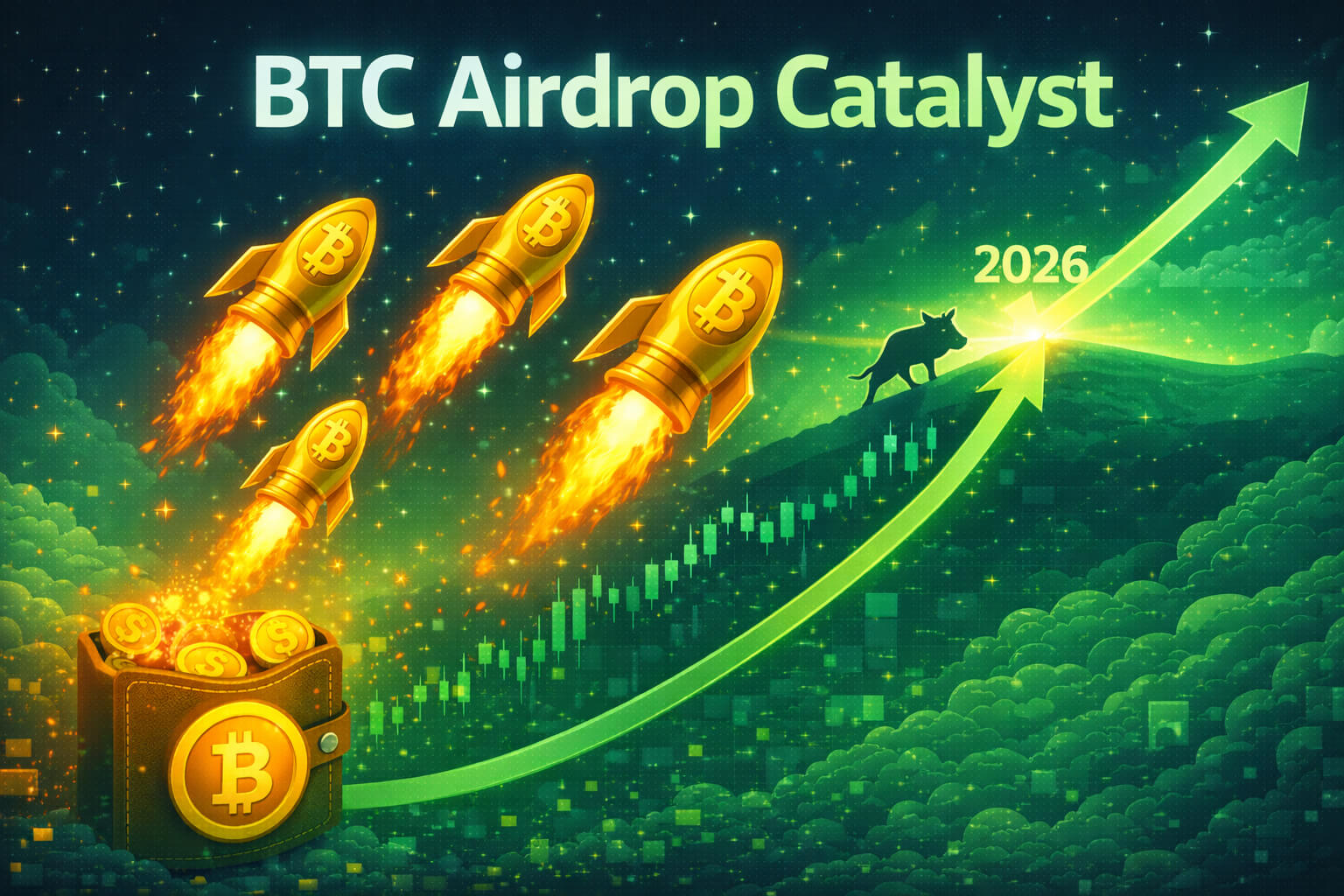Recap of Token2049 Singapore: Key Highlights and Takeaways
Introduction
Token2049, one of the most anticipated crypto events of the year, just wrapped up its Singapore edition. Held in the heart of Southeast Asia’s financial hub, Token2049 brought together industry leaders, developers, and enthusiasts to discuss the future of blockchain, decentralized finance (DeFi), and Web3. As the crypto market continues to evolve, this event showcased emerging trends, innovative technologies, and pressing issues that will shape the industry in the years to come.
Whether you missed the event or just want a recap of the most significant announcements, this blog highlights the key takeaways from Token2049 Singapore. From blockchain innovations to regulatory conversations, we’ve got everything you need to know!
Curious about the biggest trends and developments in the crypto space? Let’s dive into the highlights from Token2049 Singapore.
1. Web3 and Decentralized Innovation: The Future is Now
At Token2049, one of the central themes was the continued evolution of Web3. Web3 represents a new era of the internet, where decentralization empowers users to control their own data, assets, and interactions. Many speakers discussed how Web3 will reshape industries by eliminating intermediaries and creating more transparent and secure systems.
Key Web3 Takeaways:
- Decentralized Identity (DID): Several projects emphasized the growing importance of decentralized identity solutions, giving users control over their personal data. This is similar to what platforms like uPort and Civic are working on, as highlighted in our previous blog on How Blockchain Is Enhancing Data Privacy and Security.
- Interoperability: The need for cross-chain interoperability was another major focus. As multiple blockchains continue to grow, creating solutions that allow them to communicate seamlessly will be crucial. If you’re interested in cross-chain development, check out our blog on The Future of Cross-Chain Interoperability.
Web3 innovation is no longer just a buzzword—it’s actively transforming various industries, from finance to digital identity and entertainment.
2. Institutional Adoption: Big Players are Getting Involved
One of the key takeaways from Token2049 was the increased interest from institutional investors. Speakers from top financial institutions discussed their entry into the crypto space, focusing on stablecoins, central bank digital currencies (CBDCs), and tokenized assets. As regulations continue to be defined, many traditional financial players are becoming more comfortable with incorporating blockchain into their operations.
Institutional Adoption Highlights:
- Tokenized Assets: A growing number of financial institutions are exploring tokenized assets, which allow physical assets (like real estate or fine art) to be represented as tokens on a blockchain. This mirrors trends seen in platforms that tokenize non-fungible tokens (NFTs) for unique ownership and investment opportunities.
- CBDCs: Central bank digital currencies were a hot topic at Token2049. Governments worldwide, including Singapore’s, are exploring CBDCs to modernize financial systems and offer citizens a digital alternative to fiat currency. For more on the impact of blockchain in industries like finance, explore our blog on The Impact of Blockchain on Financial Inclusion.
With big players entering the blockchain space, institutional adoption signals a promising future for cryptocurrency as it becomes more integrated into traditional financial systems.
3. The Rise of Layer-2 Scaling Solutions
As Ethereum continues to dominate the blockchain space, scalability remains one of the network’s biggest challenges. At Token2049, Layer-2 scaling solutions like Optimism and Arbitrum took center stage, offering ways to increase Ethereum’s transaction throughput without compromising its decentralization or security.
Layer-2 Highlights:
- Optimism and Arbitrum: These solutions are designed to process transactions off-chain, reducing congestion on the Ethereum mainnet while still benefiting from its security. This results in lower gas fees and faster transactions—two key pain points in the current Ethereum ecosystem.
- ZK-Rollups: Another Layer-2 solution gaining traction is ZK-Rollups, which bundles multiple transactions into one, significantly reducing the data load on Ethereum’s base layer.
Layer-2 innovations are becoming increasingly important as more decentralized applications (dApps) are being built on Ethereum. For developers exploring Ethereum’s future, Layer-2 solutions are a must-watch. Learn more about building on Ethereum in our blog on Getting Started with Solidity Programming.

4. Regulatory Discussions: Striking a Balance
Token2049 wasn’t all about technical innovations—regulatory concerns were also top of mind. With governments worldwide working on defining the legal framework for cryptocurrencies, several panels at the event tackled the issue of balancing innovation with regulatory compliance.
Key Regulatory Insights:
- The Role of Regulators: Governments and industry players are working together to develop clearer regulations that protect consumers while allowing blockchain innovation to thrive. Singapore, in particular, is seen as a leader in crypto regulation, with its proactive approach to fostering blockchain development while ensuring safeguards are in place.
- Global Impact of Regulations: With regulations varying greatly between jurisdictions, cross-border collaborations between regulators are becoming increasingly important. Panelists emphasized the need for global standards to avoid confusion and ensure smoother operations for projects looking to scale across borders.
Regulatory developments will shape the future of cryptocurrency markets. For more on how regulations impact the crypto landscape, read our blog on How to Stay Compliant with Crypto Regulation.
5. The NFT Ecosystem: Beyond Digital Art
At Token2049, NFTs continued to be a major talking point, but this year’s discussions extended far beyond digital art. The use cases for NFTs are growing rapidly, especially in gaming, entertainment, and even intellectual property (IP) management.
NFT Trends:
- Gaming NFTs: Play-to-Earn (P2E) gaming continues to explode, with NFTs playing a key role in enabling ownership of in-game assets. Games like Axie Infinity were spotlighted as examples of how NFTs can create new business models in gaming.
- Music and Media NFTs: NFT adoption is also expanding into the entertainment industry, allowing musicians, filmmakers, and creators to tokenize their work and interact directly with fans. By offering exclusive content or experiences as NFTs, artists can bypass traditional gatekeepers.
The rise of NFTs in various sectors is evidence of how blockchain is transforming traditional business models. For a closer look at NFTs’ growing impact, explore our post on How Blockchain Is Transforming the Art World.
6. Sustainability and Green Blockchain Solutions
As environmental concerns grow, the sustainability of blockchain technology was another key theme at Token2049. Many participants discussed the environmental impact of Proof-of-Work (PoW) blockchains and highlighted the need for greener alternatives.
Sustainability Highlights:
- Proof-of-Stake (PoS): Ethereum’s transition to Proof-of-Stake (PoS) was one of the most talked-about developments at the event. PoS is more energy-efficient than traditional PoW mining, significantly reducing the environmental footprint of blockchain networks.
- Energy-Efficient Blockchains: New projects focused on sustainability, such as Algorand and Hedera Hashgraph, were also discussed for their innovative approaches to reducing energy consumption while maintaining high performance.
Sustainability remains a hot topic as blockchain developers strive to balance innovation with environmental responsibility. To dive deeper into how blockchain is reshaping industries, read our blog on The Future of Blockchain in Healthcare.
Conclusion
Token2049 Singapore highlighted the most pressing topics in the crypto space, from Web3 innovation to regulatory developments and sustainability. The event showcased the rapid evolution of blockchain technology and its growing impact on industries like finance, gaming, and entertainment.
As institutional adoption increases, Web3 continues to innovate, and regulatory clarity emerges, it’s clear that blockchain’s influence will only grow in the coming years. For those who couldn’t attend, keeping an eye on the trends from Token2049 will be crucial to understanding the future of cryptocurrency.
Interested in staying updated on the latest crypto trends? Follow our blog for more insights and deep dives into the most important topics in blockchain and cryptocurrency!
FAQs
1. What was Token2049 Singapore?
Token2049 Singapore is a leading crypto event that brings together industry leaders, developers, and enthusiasts to discuss the future of blockchain, Web3, DeFi, and more.
2. What were the main themes at Token2049 Singapore?
Major themes included Web3 development, Layer-2 scaling solutions, institutional adoption, NFT use cases, and regulatory discussions.
3. Why is institutional adoption important in crypto?
Institutional adoption brings legitimacy and stability to the crypto market, as more traditional financial players incorporate blockchain into their operations.
4. What are Layer-2 scaling solutions?
Layer-2 scaling solutions like Optimism and Arbitrum help improve Ethereum’s transaction throughput by processing transactions off-chain, reducing congestion on the mainnet.
For more insights and detailed guides on cryptocurrency, visit our Crypto Guides Section.
Stay Updated
For the latest updates on cryptocurrency trends and news, follow us on:
- Twitter: https://twitter.com/FreeCoins24
- Telegram: https://t.me/freecoins24
Stay informed with the latest strategies and insights in the world of cryptocurrency at FreeCoins24.io.
Special Offer
For an enhanced trading experience, consider Bybit. Sign up through our referral link to unlock exclusive rewards, including up to $30,000 in deposit bonuses, and elevate your trading journey.

















